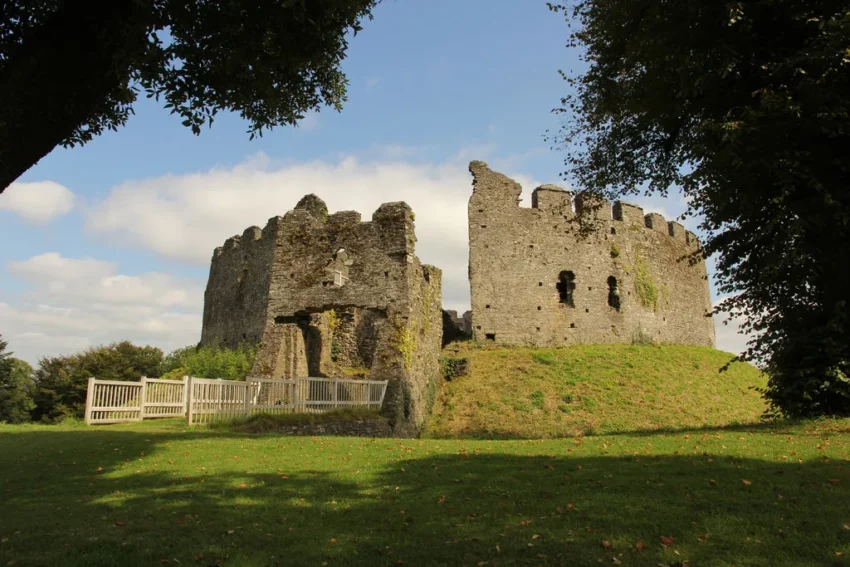A Historical Overview
Location and Significance Restormel Castle, known in Cornish as Kastel Rostorrmel, is situated near the River Fowey close to Lostwithiel in Cornwall, England. It is one of the four principal Norman castles in Cornwall, alongside Launceston, Tintagel, and Trematon.
Get your dose of History via Email
The castle is renowned for its perfectly circular design. Once a luxurious residence for the Earl of Cornwall, it fell into ruin by the 16th century. Briefly reoccupied during the English Civil War, it was later abandoned. Today, English Heritage manages the site, which is open to the public.
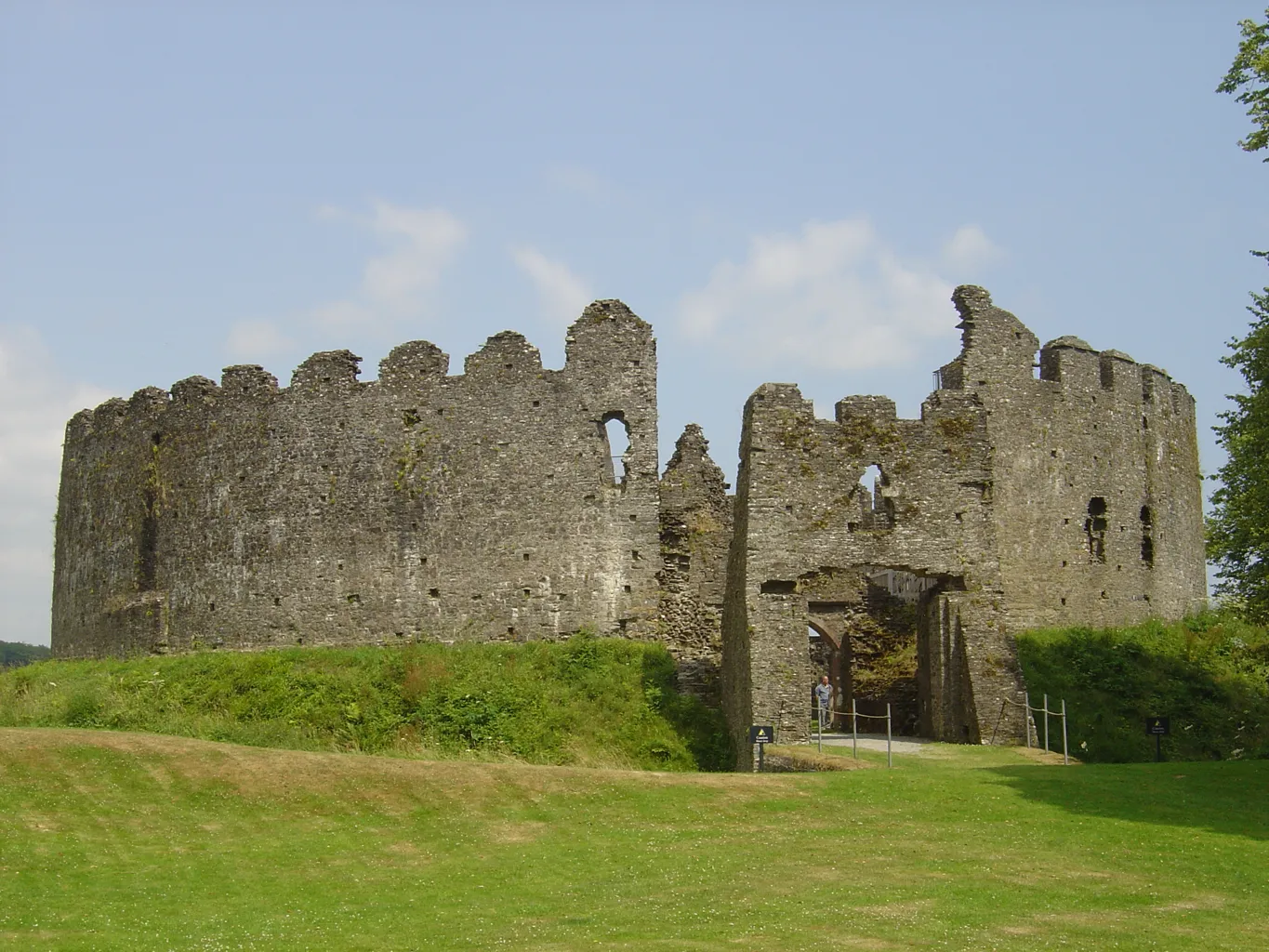
Architectural Features
Restormel Castle stands on a spur overlooking the River Fowey. It is an exceptionally well-preserved example of a circular shell keep, a rare type of fortification from the 12th and early 13th centuries. Among the 71 known examples in England and Wales, Restormel Castle is the most intact.
These castles were built by converting wooden motte-and-bailey structures, replacing the external palisade with a stone wall and filling the internal bailey with domestic stone buildings. These buildings were curved to fit the shell keep, reflecting a 13th-century architectural trend.
Measurements
The castle’s wall measures 38 meters in diameter and up to 2.4 meters thick. It still stands to its full height, with a wall walk 7.6 meters above the ground. The battlemented parapet remains reasonably intact.
A surrounding ditch, 15 meters wide and 4 meters deep, further fortifies the structure. Both the wall and internal buildings were constructed from slate, likely quarried from the scarp face northeast of the castle.
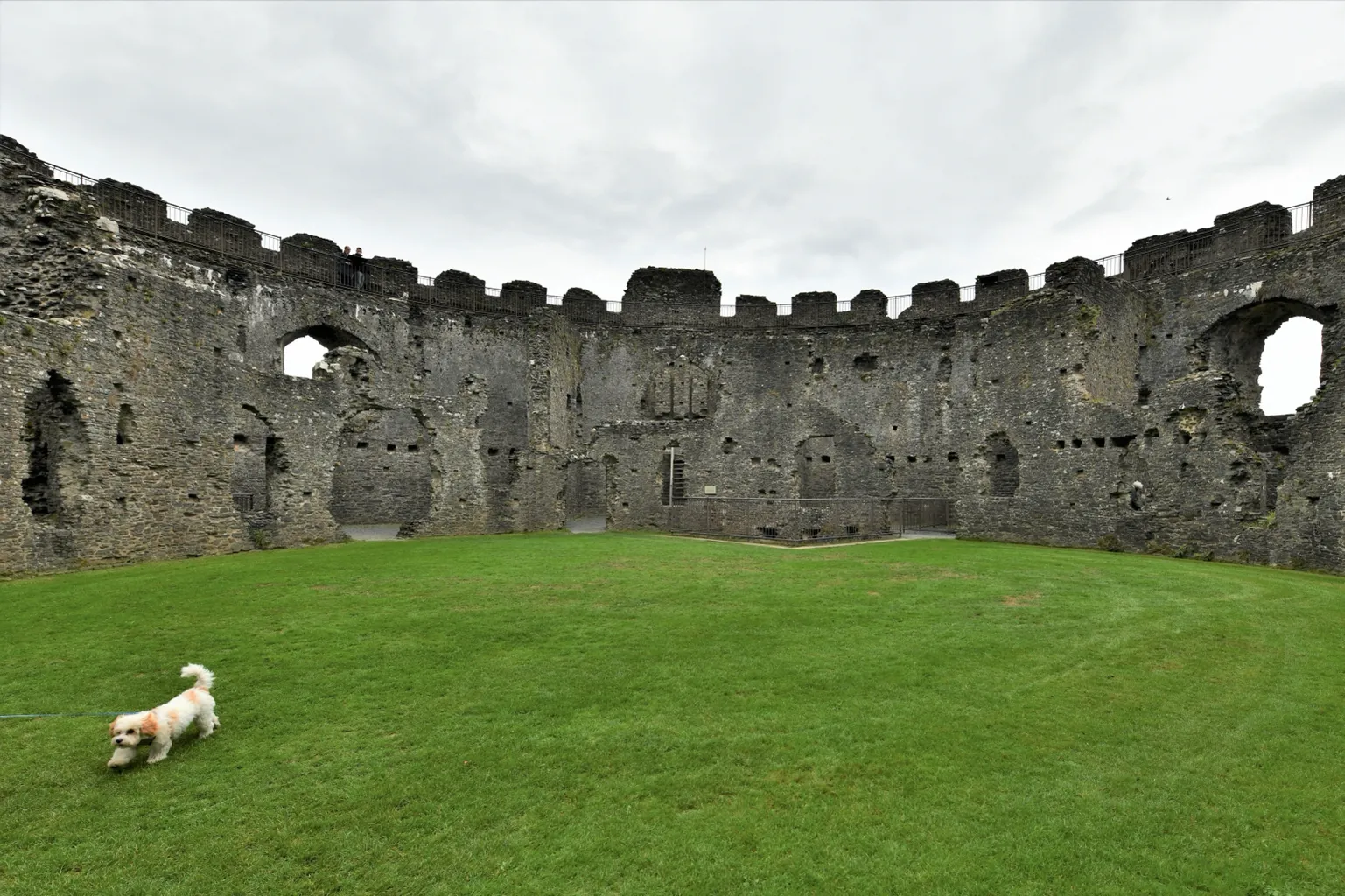
Interior Layout
The domestic buildings within the wall included a kitchen, hall, solar, guest chambers, and an ante-chapel. Water from a spring was piped under pressure into the castle buildings. A square gate tower, now largely ruined, guards the entrance to the inner castle and may have been the first part constructed in stone. On the opposite side, a square tower projecting from the wall contains the chapel, thought to be a 13th-century addition.
This chapel was likely converted into a gun emplacement during the English Civil War. An external bailey wall, originally constructed of timber with earthwork defenses, has since been destroyed, leaving no trace. Historical references also mention a now-vanished dungeon.
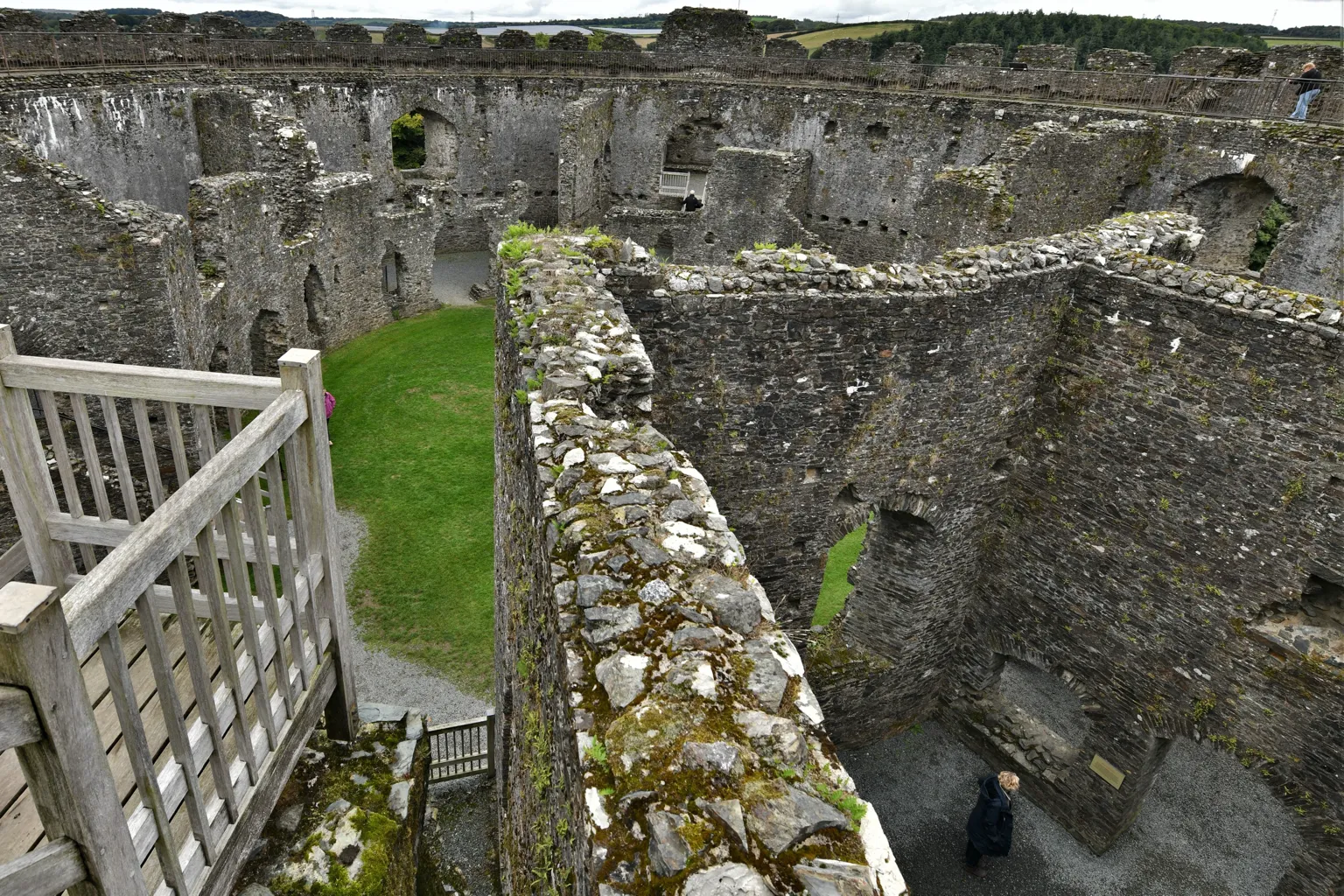
Historical Context
Restormel Castle was part of the fiefdom of Robert, Count of Mortain, within the manor of Bodardle in the parish of Lanlivery. It was likely built around 1100 by Baldwin Fitz Turstin, the local sheriff. Baldwin’s descendants held the manor as vassals and tenants of the Earls of Cornwall for nearly 200 years. The castle, situated in a large deer park, overlooked a key crossing point over the River Fowey, making it a strategic location. It may have originally served as both a hunting lodge and a fortification.
Robert de Cardinham, lord of the manor between 1192 and 1225, enhanced the inner curtain walls and converted the gatehouse to stone, giving the castle its current design. The village of Lostwithiel was established around the same time.
The castle belonged to the Cardinhams for several years before passing to Thomas de Tracey through marriage. In 1264, Simon de Montfort seized the castle during civil conflicts, only for it to be reclaimed by Sir Ralph Arundell in 1265. Isolda de Cardinham eventually granted the castle to Henry III’s brother, Richard of Cornwall, in 1270. Richard’s son, Edmund, took over Restormel as his main administrative base, building the inner chambers and titling it his “duchy palace.”
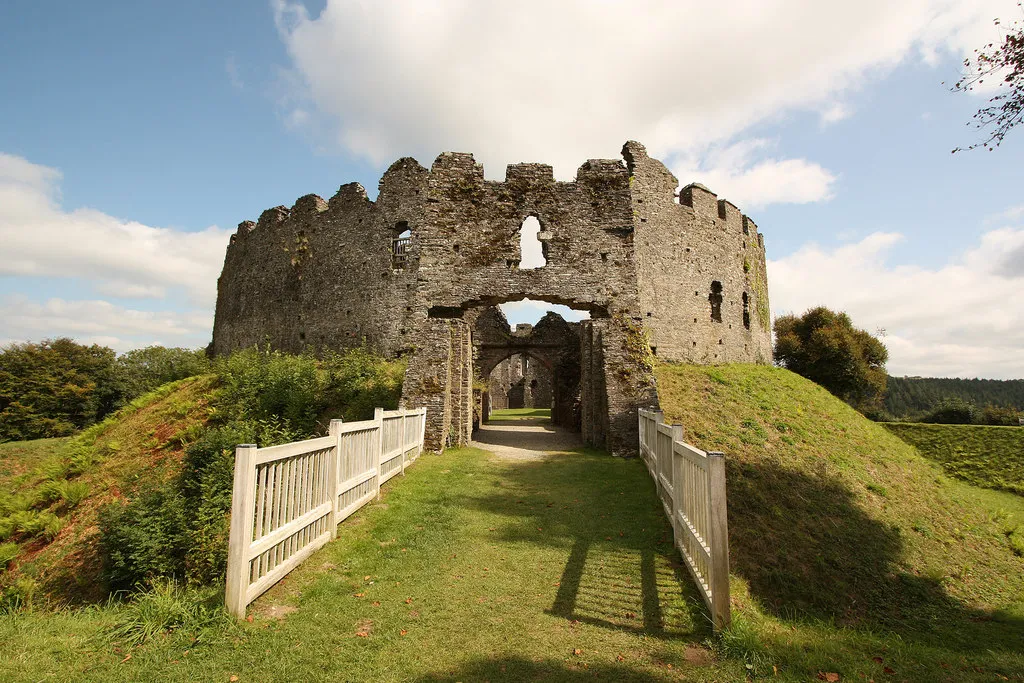
Decline and Ruin
After Edmund’s death in 1299, the castle reverted to the Crown. From 1337 onwards, it was one of the 17 antiqua maneria of the Duchy of Cornwall. Although rarely used as a residence, Edward the Black Prince stayed at the castle in 1354 and 1365. The castle fell into disrepair by the 16th century, as noted by the antiquary John Leland. Henry VIII converted the castle’s parkland to ordinary countryside, and a manor house was established nearby during the 16th century.
Civil War and Later History
Restormel Castle saw action only once during its history, when a Parliamentary garrison occupied the ruins during the Civil War. Sir Richard Grenville, loyal to Charles I, stormed the castle on August 21, 1644. By 1649, a Parliamentary survey recorded the castle as utterly ruined. By the 19th century, it had become a popular attraction, described by the French writer Henri-François-Alphonse Esquiros as a “romantic scene.”
Modern Era
In 1925, Prince Edward, Duke of Cornwall, entrusted the ruin to the Office of Works. A proposal to restore the castle in 1971 was dropped after strong opposition. A decade later, the castle was designated a scheduled monument. It has never been excavated and is now maintained by English Heritage as a tourist attraction and picnic site.
Cultural Impact
Restormel Castle has inspired literature and popular culture. Letitia Elizabeth Landon wrote a poetical illustration titled “Restormel Castle, Cornwall,” telling a spooky tale of its last castellan. The Great Western Railway named one of their Castle class locomotives, number 5010, after Restormel Castle.
Source: Wikipedia

